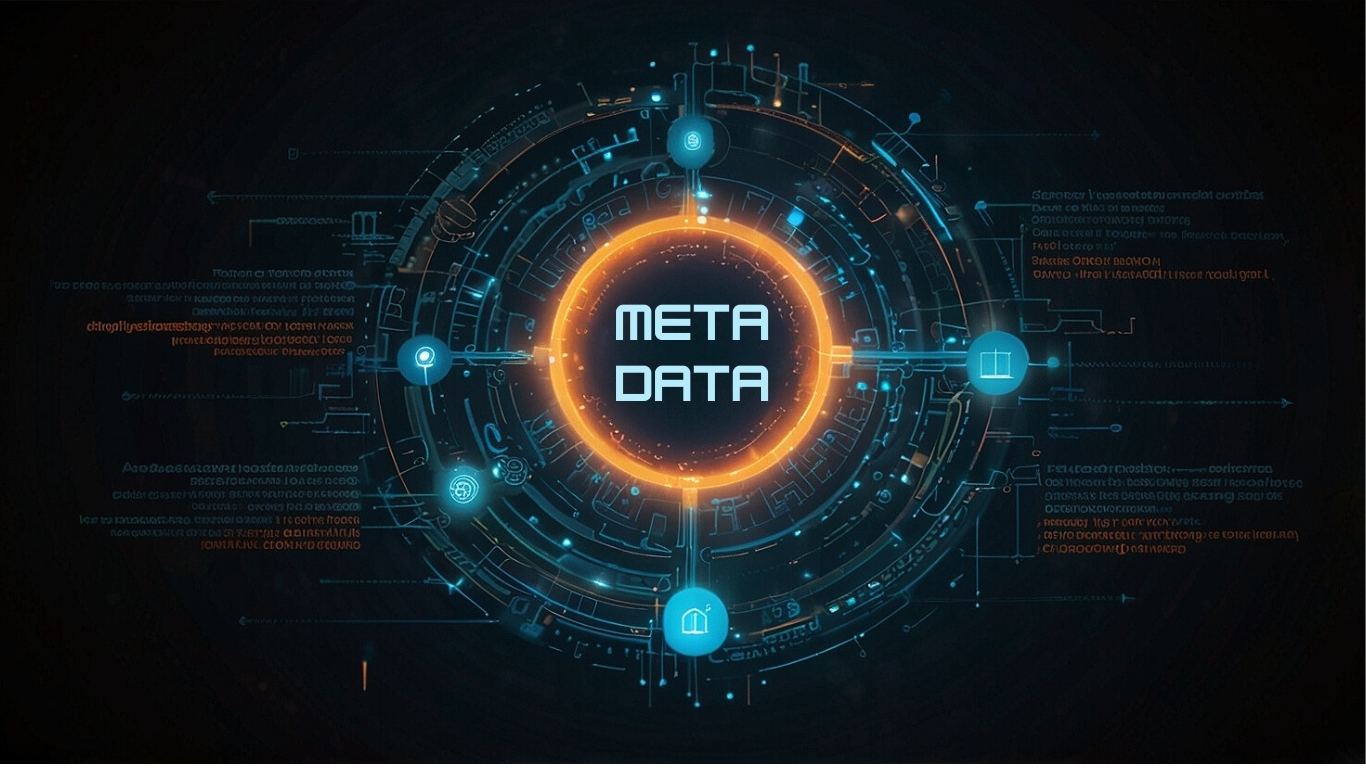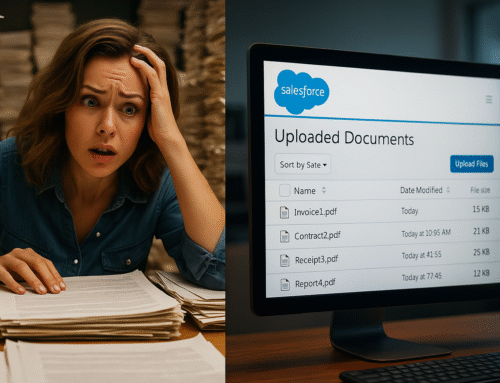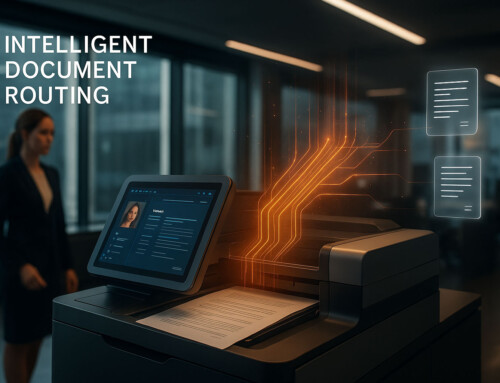
Ever feel like finding a document is like digging through a junk drawer you swore you organized? You’re not alone. The truth is, there’s a secret sauce that could save you hours of document hunting each week: metadata. Think of it as the label on the junk drawer that finally makes sense, only this time it’s digital, searchable, and smarter than the best filing cabinet you could imagine.
Metadata isn’t just for techies or data scientists—it’s a game-changer for office administrators managing mountains of scanned documents. And when you’re scanning to a cloud service like Salesforce, metadata becomes your best friend in keeping everything streamlined, compliant, and ridiculously easy to find.
What is Metadata and Why Should You Care?
Imagine every document you scan has a brain. This brain, aka metadata, knows all about itself: what’s inside, where it’s from, when it was made, and why it exists. In the digital world, metadata takes on various forms—like tags, keywords, dates, and even file types—to make documents instantly findable without flipping through endless folders.
And why is this so important? A study by IDC revealed that workers spend about 2.5 hours per day searching for information. That’s over 30% of your workday! For office admins who scan directly to cloud services like Salesforce, a robust metadata strategy means cutting that time down dramatically and freeing up mental energy for more important things. Who wouldn’t want that?
The Types of Metadata You Need to Master
Metadata isn’t one-size-fits-all; it’s got categories that bring their own flavor to document organization. Let’s break it down:
-
Descriptive Metadata: Think of it as the basic identity tag of each document. Descriptive metadata includes things like titles, keywords, and short descriptions. So if you’re scanning and storing a patient’s chart in Salesforce, a few choice keywords (like name, appointment date, or diagnosis) make that document a breeze to locate.
-
Structural Metadata: This one’s like the table of contents. It keeps track of how different parts of a document fit together. If you have a scanned multipage legal document, structural metadata knows that page 3 is followed by page 4—pretty crucial if you’re, say, a government agency dealing with multi-part records.
-
Administrative Metadata: This is the security guard. It knows the “when” and “how” of a document, tracking creation dates, file types, who accessed it, and when. Administrative metadata is a lifesaver for compliance, making it easy to prove your document handling is on the level with regulations like HIPAA or GDPR.
Why Metadata is the Ultimate Document Search Hack for Salesforce Users
Now that we’re all in on metadata’s superpowers, let’s talk about its real-world benefits for those using Salesforce. When you scan documents directly to Salesforce using a solution like ccScan, metadata helps with three major areas: searchability, security, and compliance.
-
Searchability: Metadata lets you search for documents by keywords instead of guessing file names or browsing through folders. Think of it as Google for your internal files. Enter a few keywords, and boom—your document appears.
-
Security: With metadata, you can track who accessed what and when. For admins in sensitive fields like healthcare, this means you’re not just managing files; you’re ensuring every file is secure and compliant with confidentiality regulations.
-
Compliance: Ever had to dig up a record from a decade ago? Metadata makes it possible to find historical documents with a click, helping you stay in line with regulatory bodies that require long-term record-keeping.
Tips to Make Metadata Work for You (and Your Sanity)
-
Set Naming Conventions and Stick to Them
If you’ve ever had to interpret someone else’s “unique” filing system, you know the pain. Avoid chaos by setting clear naming conventions and training your team to use them. For example, consider tags like “Client_Name_Date_Type” (e.g., “Smith_2024_Invoice”) to keep everything consistent. -
Use ccScan’s Automated Metadata Tagging
If you’re looking to take metadata management up a notch, ccScan can automatically tag documents as you scan them, saving you hours of manual data entry. Every document you scan into Salesforce is automatically assigned relevant metadata, so you don’t have to break a sweat making your documents searchable. -
Train Your Team
Metadata is only powerful if it’s used correctly. Hold a quick training session to show your team how to tag, search, and manage files with metadata. Trust us; a 30-minute tutorial could save countless hours later on. -
Don’t Forget About Keywords
Just like SEO, picking the right keywords for your documents is critical. Think about what words you’d naturally search for when trying to retrieve a file. These should be included in your metadata to improve searchability within your cloud system.
Compliance, Privacy, and Metadata: What Office Admins Need to Know
In sectors like healthcare and government, compliance isn’t just a nice-to-have—it’s a legal requirement. Metadata can help office admins stay compliant with evolving regulations around data privacy and recordkeeping.
For instance, HIPAA compliance requires healthcare organizations to maintain accurate and accessible patient records. Metadata allows for a complete history of document interactions, ensuring that you’re compliant without the hassle. Meanwhile, the Modernizing Government Technology (MGT) Act requires government agencies to transition to electronic recordkeeping. Metadata’s version control and tracking abilities make it an ideal ally in fulfilling these mandates.
The Hidden ROI of Metadata: How Much Are You Really Saving?
Sure, implementing a metadata strategy takes a little upfront effort, but the savings in time, security, and compliance are massive. Imagine slashing your document retrieval time by 50%—not only do you save valuable work hours, but you also reduce stress and improve productivity across your team. Plus, when metadata automates parts of your compliance process, you’re saving on potential fines for data breaches or non-compliance, which can be substantial.
Wrapping Up: Make Metadata Work for You with ccScan
Metadata might sound dry, but once you see its impact on your workflow, it’s anything but. By embracing metadata, you’re not just getting organized; you’re setting up your office to be more efficient, compliant, and prepared for anything the workday throws at you. ccScan makes it even easier by integrating automated metadata tagging into your document scanning workflow. With five-star ratings from satisfied users, ccScan’s solution for Salesforce users means your documents are not only stored but also searchable and secure.
Ready to see how metadata and ccScan can transform your office? Check out more on our document capture solution.





